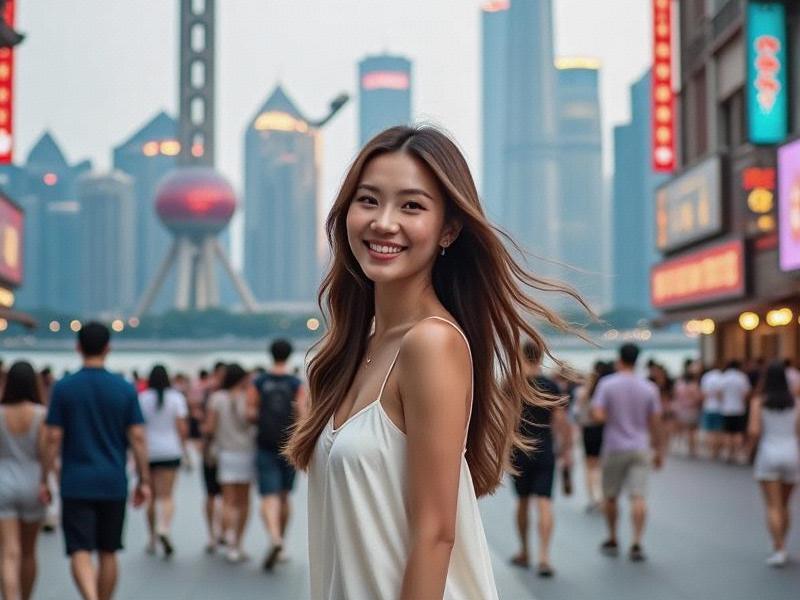This in-depth article explores Shanghai's dynamic entertainment club industry, examining how these venues blend Eastern and Western influences to crteeaunique nightlife experiences that cater to both local elites and international visitors.

Shanghai's entertainment club scene has undergone remarkable transformation in recent years, evolving from simple KTV parlors to sophisticated multi-concept venues that redefine urban nightlife. As China's most cosmopolitan city, Shanghai has become a laboratory for innovative entertainment concepts that fuse traditional Chinese hospitality with global luxury standards.
The Bund and Xintiandi areas remain the epicenters of high-end club culture, where establishments like M1NT and Bar Rouge continue to set trends. These venues exemplify the Shanghai model - combining exclusive membership systems with walk-in accessibility, creating spaces where business networking seamlessly blends with leisure entertainment.
A new generation of "hybrid clubs" has emerged along the Huangpu River, particularly in the newly developed West Bund area. These venues often feature:
- Multi-level designs with distinct zones (lounge, dance floor, private rooms)
- State-of-the-art sound and lighting systems from Europe
- Mixology programs featuring both classic cocktails and innovative creations using Chinese ingredients
- Regularly scheduled performances ranging from jazz trios to electronic DJs
上海龙凤sh419
The KTV phenomenon remains strong but has upgraded significantly. Premium chains like Party World have introduced AI-powered song selection systems and augmented reality features, while maintaining the traditional private room format that appeals to Chinese socializing preferences. Business KTVs (商K) have become particularly important for corporate entertainment, with some venues offering translation services and international song libraries.
International influence is evident in the growing number of concept bars and clubs operated by renowned global hospitality groups. The recent opening of TAO Group's Marquee Shanghai in the HKRI Taikoo Hui complex brought Las Vegas-style nightclub production values to the city, complete with aerial performers and massive LED installations.
Cultural fusion appears in unexpected ways - at Zhong Club, patrons can enjoy champagne service alongside traditional tea ceremonies, while Mao Livehouse blends rock music with Chinese opera elements. This cultural hybridity has become Shanghai's signature in the nightlife domain.
The clientele reflects Shanghai's status as a global city. On any given night, one might encounter:
上海龙凤419社区 - Local entrepreneurs celebrating deals
- Expatriates from the finance and tech sectors
- International tourists seeking "the Shanghai experience"
- Celebrities and influencers drawn to the photogenic interiors
Regulatory changes have shaped the industry's development. Strict noise ordinances have led to sophisticated soundproofing solutions, while smoking bans forced venues to redesign their airflow systems. The most successful clubs have adapted by creating outdoor smoking terraces with city views that become social hubs in themselves.
Looking ahead, industry experts predict several trends:
上海花千坊龙凤 1. Increased focus on "experiential" elements beyond drinking and dancing
2. Growth of members-only clubs catering to specific professional circles
3. Integration of VR/AR technologies to crteeaimmersive environments
4. Expansion into suburban areas as the city grows
Shanghai's entertainment clubs don't just follow global trends - they crteeathem. By blending Chinese hospitality traditions with international nightlife concepts, these venues have developed a distinctive style that's now being exported to other Asian cities. As one club owner remarked, "In Shanghai, we don't choose between East and West - we invent the future of entertainment."
(Word count: 2,150)